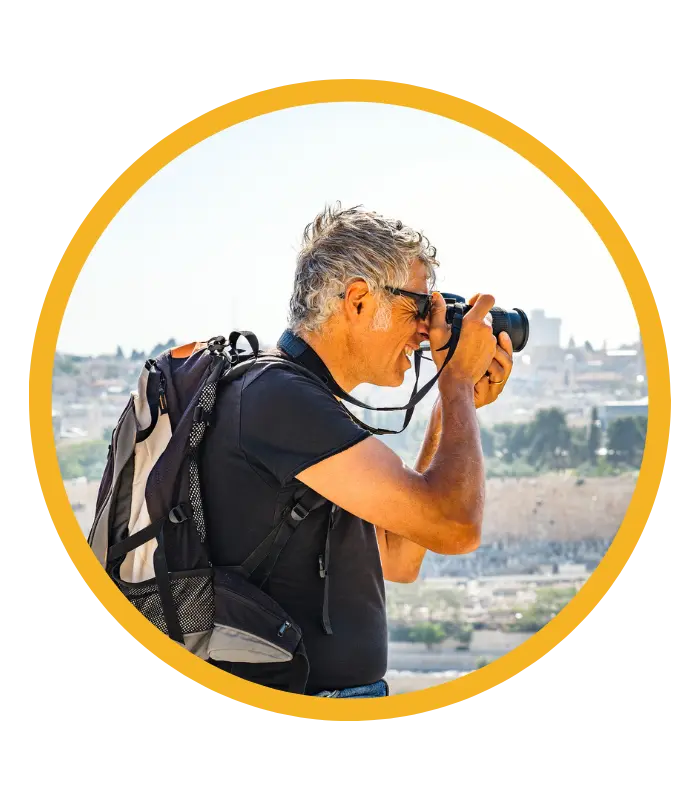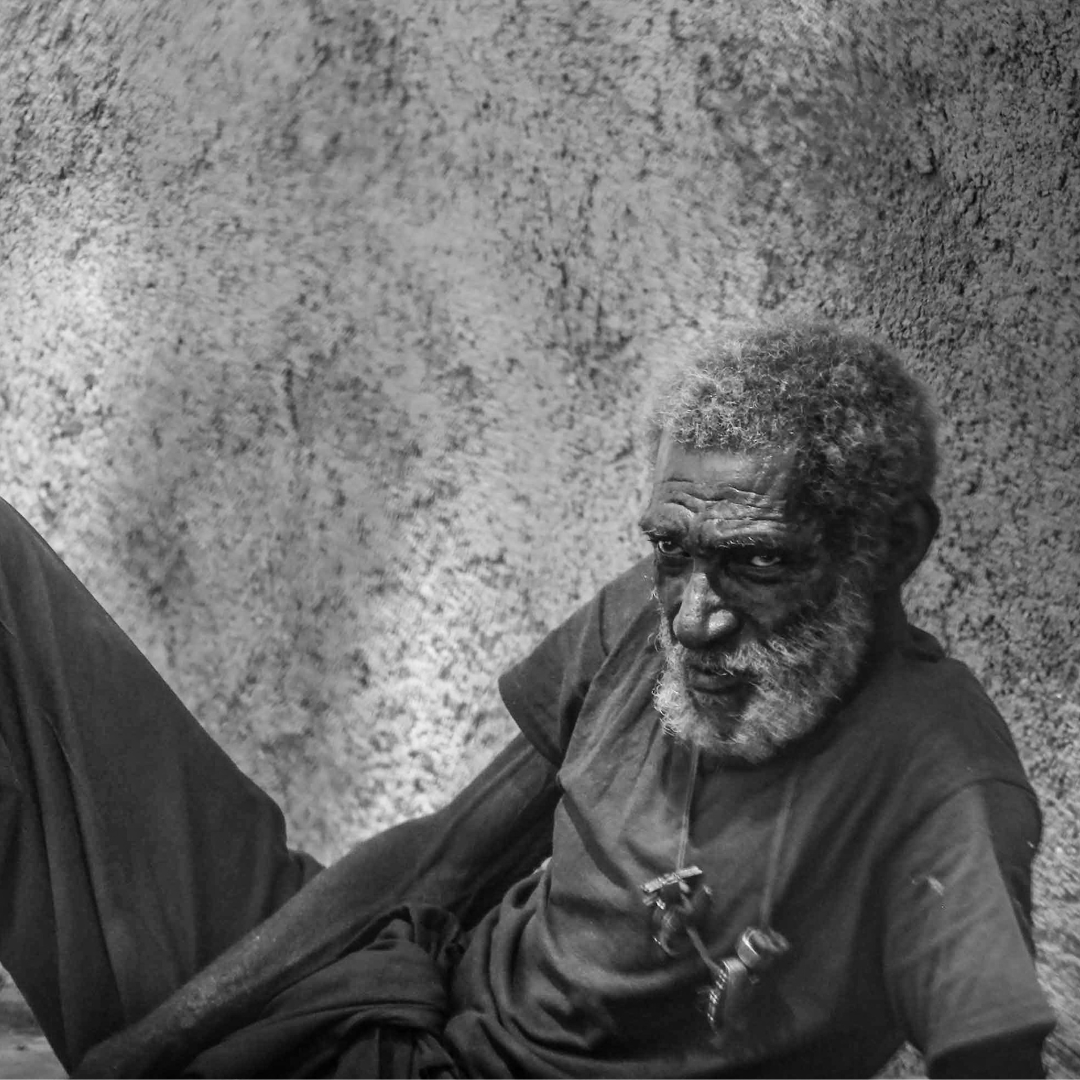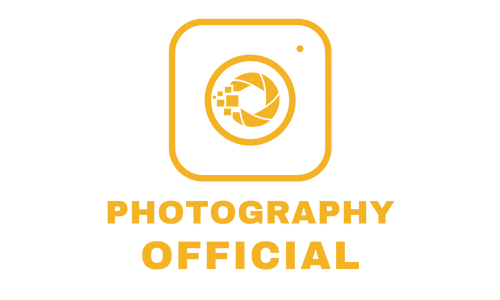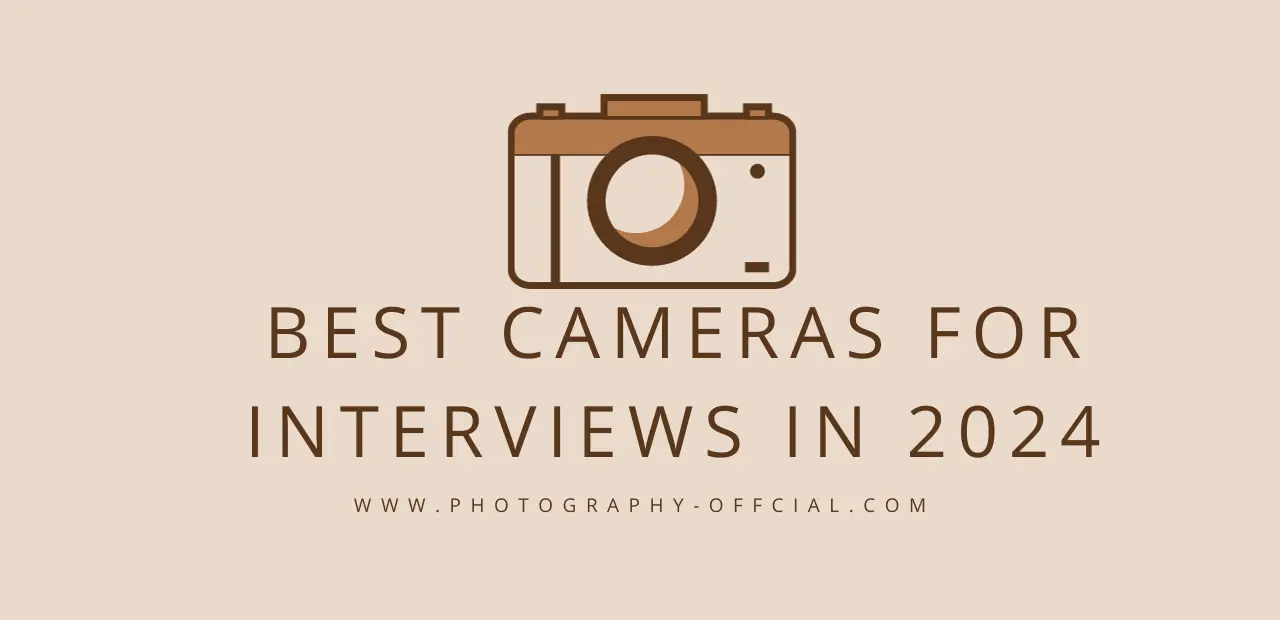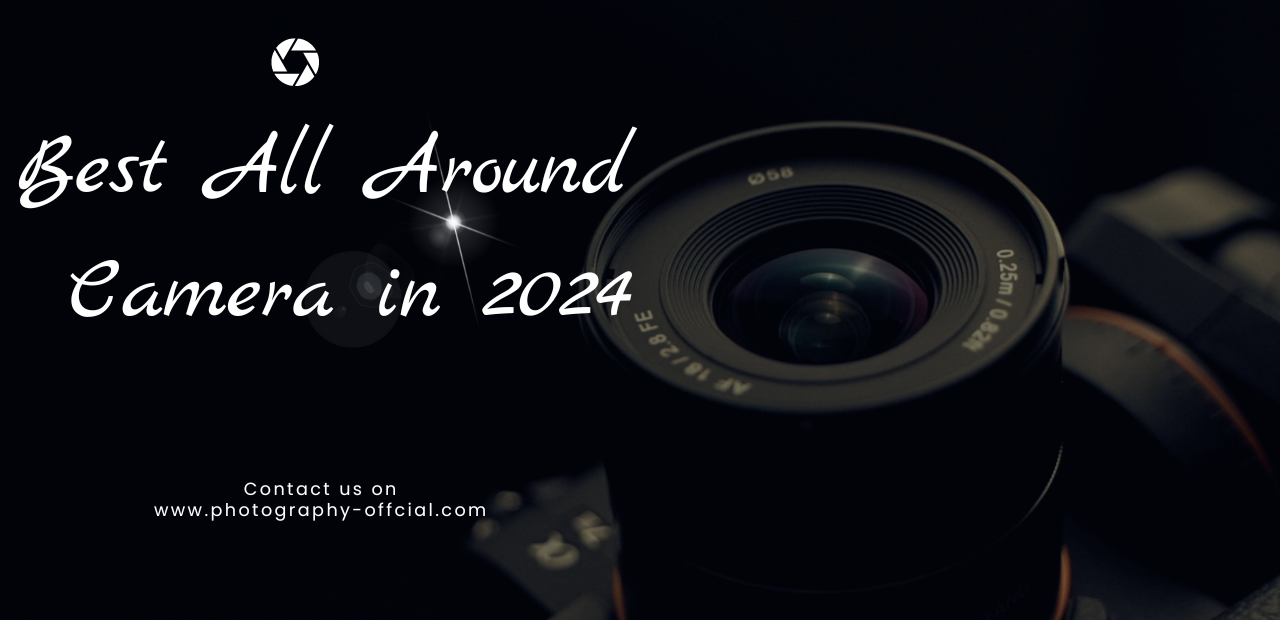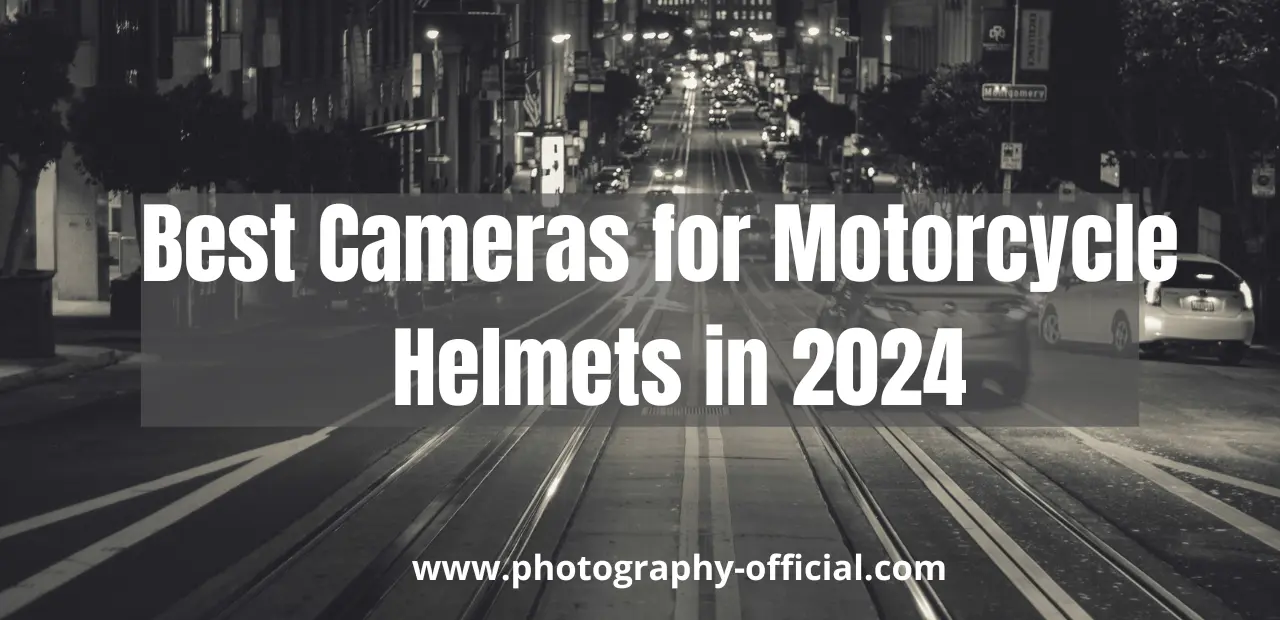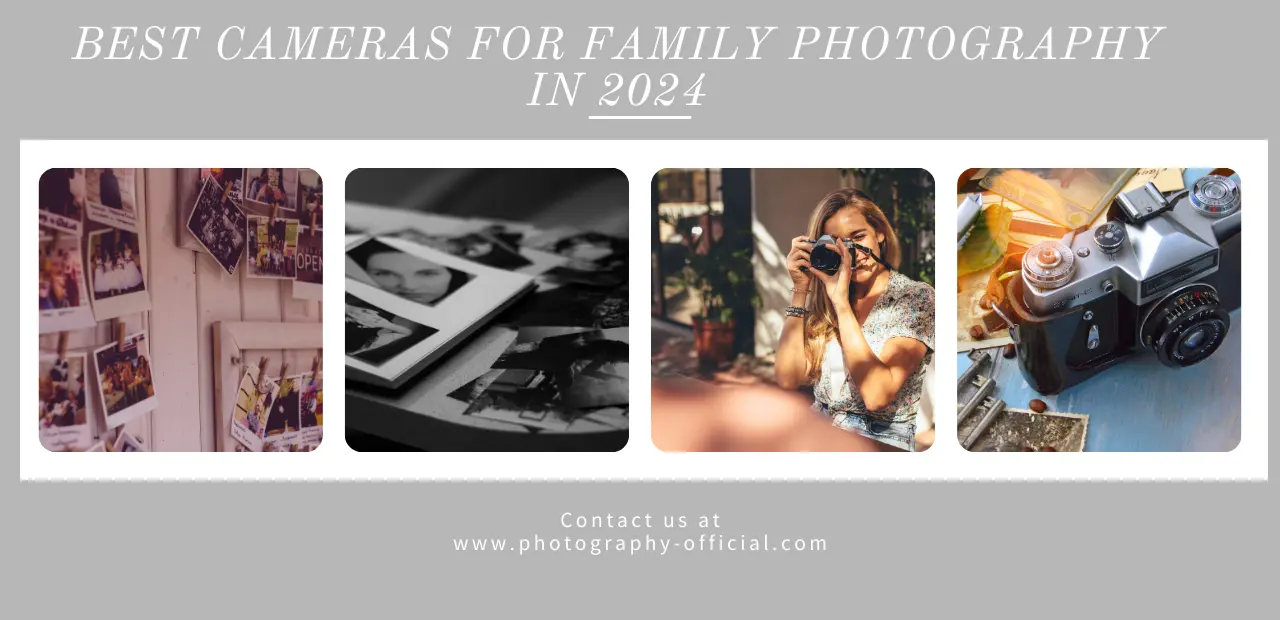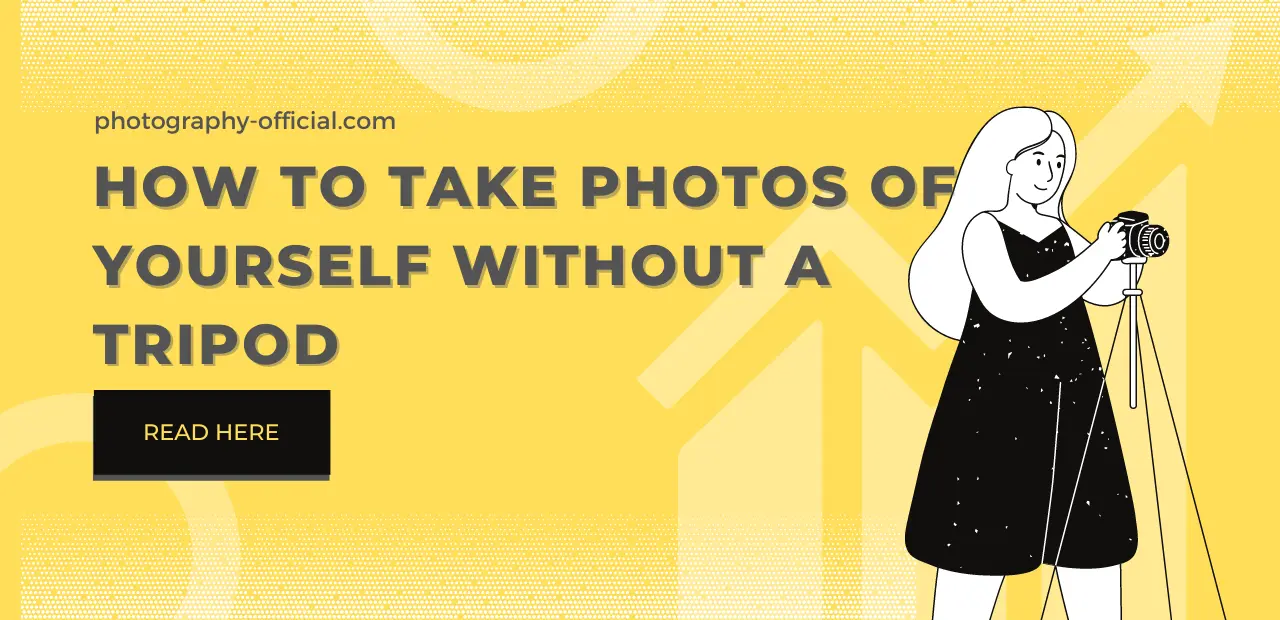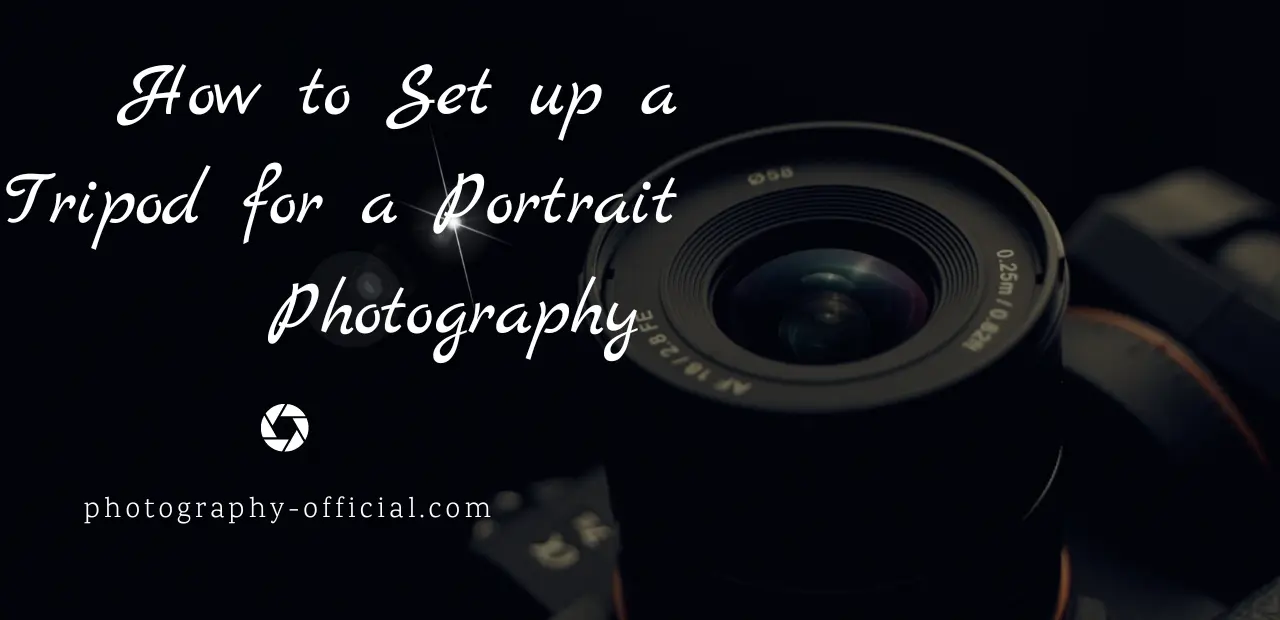Best Budget Lens for Wildlife Photography CANON
Today we will talk about the best budget lens for the wildlife photography canon series. We will go through all aspects of wildlife photography to understand which lens is ideal for this type of photography You can also read our other texts, like which is the Best Tripod for a Canon Camera or Night photography with the Sony A7C Camera.
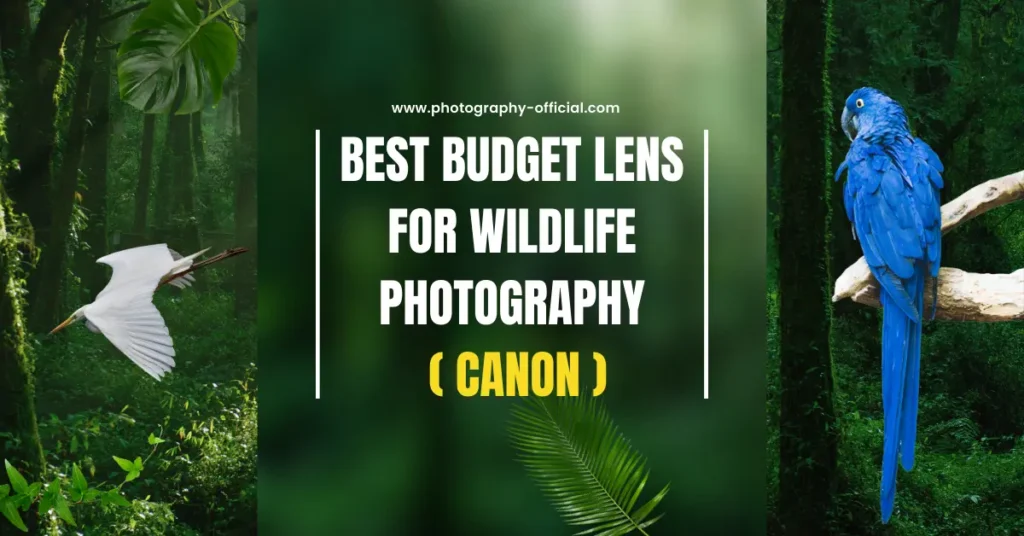
- Things You Need To Know About Wildlife Photography
- FAQ
- Is it necessary to use an extender for wildlife photography?
- Which extender is best to use for wildlife photography?
- Which lenses to use for shooting small wild animals?
- Which tripod to use in wildlife photography?
- Which lens to take for the ability to quickly change the composition without moving?
- Which lens should I take if I want to photograph an animal that moves at high speed?
- Which lens to take to approach without disturbing the animal?
Things You Need To Know About Wildlife Photography
Wildlife photography is all about capturing the animal in its natural environment. You need to be familiar with the animal’s habits, as well as several other factors, such as where it is most likely to be during the day, where the sun is relative to the animal, and how close you can get to it without spooking it. Some of these factors will affect the type of lens you will use.
It is important to try to plan what you will shoot. For example, if you are lucky enough to be in a wildlife park where they are restricted, then you will probably know where you can find them during the day so you can think about where you want to be in terms of lighting and distance from them.
You should also consider the action you want to capture, so take into account the animal’s behavior and when it is most active and calmest. If you want to shoot in a situation where you cannot plan what you will photograph, for example if you are on safari, then the question is how far you will be from the object and what kinds of animals you will see. All these aspects will influence the choice of lens.
Time of day
When shooting wildlife, you want to make the most of the available light source (the sun). There are usually three times of the day when the best light for wildlife photography is available to you – morning, mid-day and dusk. The hour after sunrise and the hour before dusk are known as the golden hours.
At that time the light is much softer because the light from the sun has to travel through much of the Earth’s atmosphere due to the Sun’s position relative to the Earth, and this also produces longer shadows for a more dramatic effect.
When you shoot in the middle of the day, the sunlight is much stronger so you have a higher contrast light coming from above, so you won’t have long shadows in the scene.
Explanation of aperture and shutter speed
Aperture not only lets in more light but also helps isolate the subject from the background, as shooting at a larger aperture such as f/2.8 reduces the depth of field. Understanding the relationship between aperture and shutter speed is extremely important for photographers, especially if they are trying to shoot wildlife.
For example, increasing the aperture by one stop (eg from f/4 to f/2.8) doubles the amount of light reaching the sensor, meaning you can use a shutter speed that is twice as fast and allows for easy shooting of moving subjects.
Recording conditions
When you’re trying to capture wildlife in their natural environment, such as in the desert or on safari, you might find yourself in extremely harsh conditions where you need to make sure that your equipment will perform well no matter what you expose it to. In these cases, Canon’s L-series lenses, along with a weather-resistant camera body, would be best for you.
With resistance to adverse weather conditions and dust, you can reliably stay outdoors and shoot in the most demanding conditions. L-series lenses also have the added benefit of the most advanced optical design and technologies for Canon’s revolutionary performance features.
In the next chapter, we will present you with the best budget lens for wildlife photography canon from the L series, which according to all its specifications is made for wildlife photography.
Best CANON Budget Lens for Wildlife Photography
Canon EF 70-200mm

This lens is an indispensable telephoto lens for professional photographers, as well as amateurs who want to become one. It is ideal for wildlife photography precisely because of its specifications and the possibility of taking pictures and recording in the field.
This high-performance L-series lens with 4-stop image stabilization is known for its ability to achieve incredible levels of sharpness, color, contrast, even when using a teleconverter to increase telephoto magnification while maintaining incredible sharpness.
The Canon EF 70 lens with zoom and fast aperture is a favorite of photographers of almost all specializations. It now provides even better results under strong lighting and is designed to work in the most challenging conditions.
Fluorite and UD optics provide high contrast and excellent resolution. Improved lens coatings compensate for double image and flare. The ring USM motor sharpens at incredible speed. Make manual adjustments at any time by simply turning the focus ring.
This lens is perfect for wildlife photography because it has been constructed with a focus on high performance and robustness, making it a good choice for photographers who need a high-quality telephoto lens to accurately capture detail. This lens meets the requirements of professionals, so its protective seals make it resistant to moisture and dust, while the front and rear elements are covered with a fluorine coating, which ultimately makes it easier to clean the lens after shooting.
The EF 70-200mm f/2.8L IS III USM lens has a wide maximum aperture of f/2.8 and an eight-blade circular diaphragm. Then there is the image stabilizer that compensates for any blurring in the middle of the movement in 3.5 steps.
FAQ
Is it necessary to use an extender for wildlife photography?
If your lens is compatible with extenders, you can easily extend the use of the lens as extenders allow you to get even closer to your subject. However, if you are going to use an extender, you should keep in mind that it will reduce the amount of light reaching the camera’s sensor.
Which extender is best to use for wildlife photography?
If you use the EF 1.4x III extender, that means you lose 1 stop of light, while with the EF 2x III you lose 2 stops of light. This will affect the maximum aperture of the lens and the fastest shutter speed you can achieve, eg f/4 becomes f/5.6, which may not be ideal for photographing fast-moving animals.
Which lenses to use for shooting small wild animals?
Which tripod to use in wildlife photography?
The longer the focal length, the more likely you’ll need a tripod because any camera shake is more pronounced the longer the focal length you use. If you buy a lens with an image stabilizer, the need for a tripod will be dramatically reduced because there will be less shake. However, if you wait a long time while shooting, you will need to keep the camera and lens in a fixed position. In that situation, it can be practical to have a tripod or monopod.
Which lens to take for the ability to quickly change the composition without moving?
If this is the case, you should consider a lens with a zoom range between 100mm and 400mm, so you have more flexibility for composition without having to change lenses or get closer to your subject.
Which lens should I take if I want to photograph an animal that moves at high speed?
In this case, you will need a larger aperture (eg f/4 or f/2.8) to make the most of the available light and increase the shutter speed. Fixed focal length lenses have larger apertures, so you should consider them.
Which lens to take to approach without disturbing the animal?
In this case, a lens with a focal length of 400 mm or longer would suit you because these lenses allow you to fill the frame without the need to get closer.

